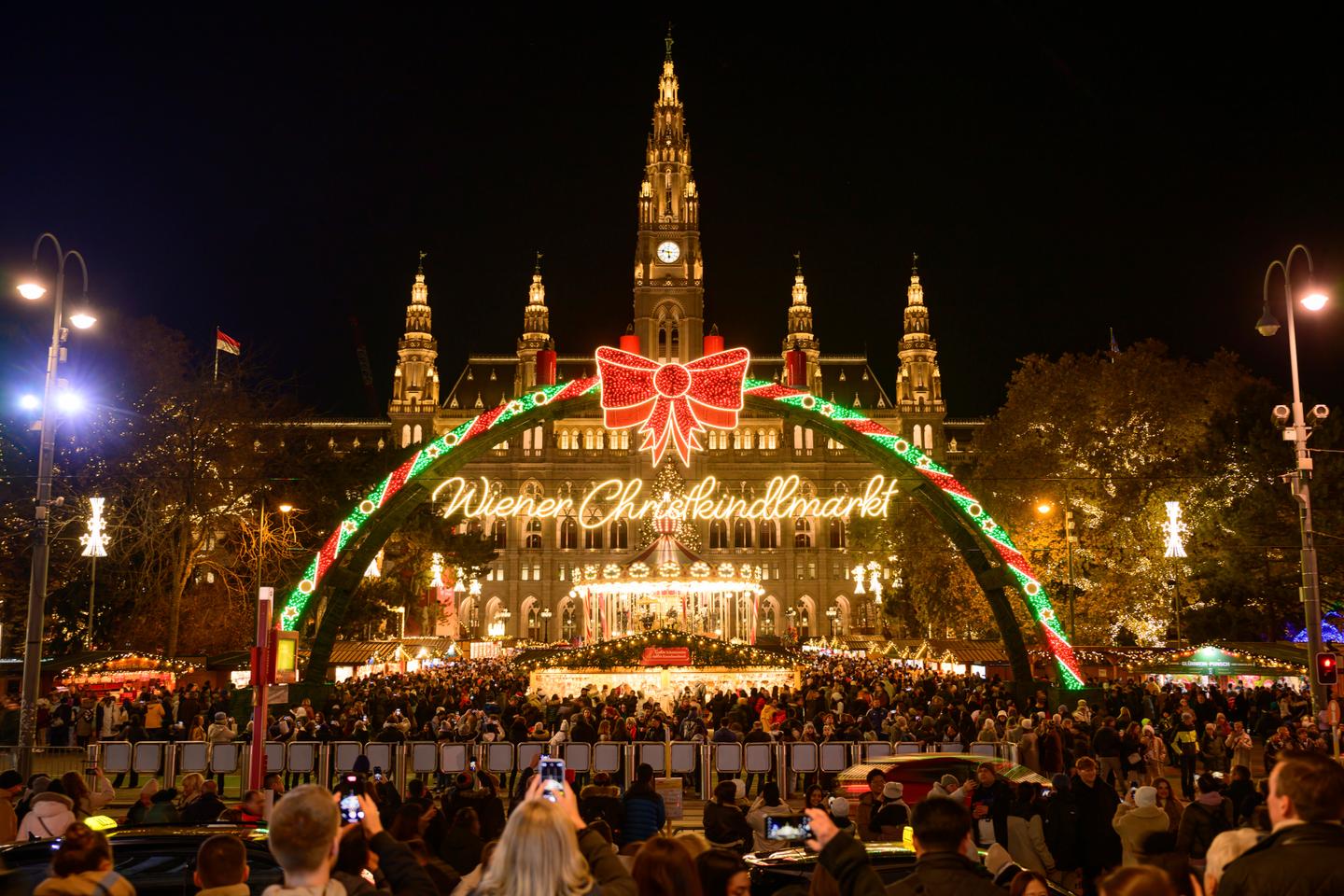Brazil’s restoration of the ‘Atlantic Forest’ is beginning to bear fruit – Technologist
LETTER FROM RIO DE JANEIRO
Crouching on the ground, 10-year-old Miguel Bezerra gently placed a young quaresmeira seedling, a tall tree with purple flowers, in a 60-centimeter-deep hole, which he carefully covered with soil using his hands. Once the tree has grown, “it will help attract animals!,” the boy with the rectangular blue glasses proudly told his father, who was accompanying him.
Like Miguel, some 30 children from a school 15 minutes away have come on this sunny morning with their parents and teachers to take part in the reforestation of a small hill in western Rio de Janeiro, organized by the Refloresta Rio (“Reforest Rio”) program. Launched by the city’s government in 1986, this initiative aims to restore the biome that once covered the entire city: the “Atlantic Forest.”
This vast tropical forest, home to almost 20,000 plant species – 8,000 of which are found nowhere else – 850 bird species, 370 amphibians, 200 reptiles, 350 fish and 270 mammals, including jaguars, pumas and numerous monkeys, once stretched along the entire Brazilian coastline, covering around 15% of the country’s territory (1,306,421 square kilometers). Since the arrival of the Portuguese colonizers in the 16th century, it has been progressively destroyed to make way for timber extraction, agricultural crops and, more recently, urban expansion.
“It’s the most degraded biome in Brazil,” explained Jeronimo Sansevero, assistant professor at the Forest Institute of the Federal Rural University of Rio de Janeiro. Today, only 24% of the original forest remains, according to official data. What’s more, 70% of the Brazilian population lives in areas that were once covered by forest.
More forest restored than destroyed
In Rio de Janeiro, the restoration of the Atlantic Forest was initially aimed at preventing the tragedies caused by deforestation. In the 1980s, the disappearance of vegetation on the hills that embellish the city, replaced by informal and uncontrolled construction, led to “numerous landslides during rainstorms, destroying precarious housing and causing the death of many people,” explained Camila de Souza da Rocha, 38, who coordinates reforestation efforts for Refloresta Rio, an initiative that has already enabled the reforestation of 3,500 hectares.
From the 2000s onwards, these local efforts were supported by federal legislation. In 2006, the government enacted a law to regulate, encourage and strengthen Atlantic Forest conservation. Since 2012, Brazil has also had a forestry code that requires rural producers to reforest 20% of their farmland with native species.
You have 48.16% of this article left to read. The rest is for subscribers only.


